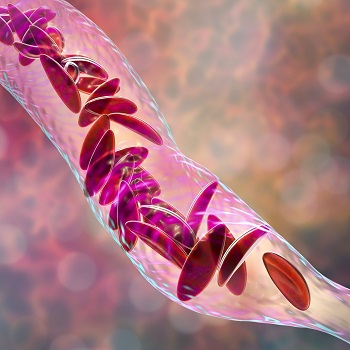Experiencing mistreatment by patients, families, visitors linked to higher physician burnout rates
A study of about 6,500 U.S. physicians found that mistreatment and discriminatory behaviors by patients, families, and visitors within the previous year were common, especially for female and racial/ethnic minority physicians, and were associated with higher burnout rates.
Mistreatment and discrimination toward physicians by patients, families, and visitors are common, especially for female and racial/ethnic minority physicians, a recent study found.
Researchers surveyed U.S. physicians in the American Medical Association Physician Masterfile from Nov. 20, 2020, to March 23, 2021. They measured mistreatment and discrimination using items adapted from the Association of American Medical College's Graduation Questionnaire and an additional item asking respondents about refusal of care because of the physicians' personal attributes, with a higher score indicating greater exposure. The primary outcome was burnout, measured by the Maslach Burnout Inventory. Results were published May 19 by JAMA Network Open.
Of 6,512 responding physicians, 2,450 (39.4%) were female and the median age was 54 years. General internists and internal medicine subspecialists made up 9.0% and 13.2% of the sample, respectively. Most respondents were non-Hispanic White (70.5%), while 681 (13.3%) were non-Hispanic Asian, Native Hawaiian, or Pacific Islander; 369 (7.2%) were Hispanic; 182 (3.5%) were non-Hispanic Indigenous or other; 181 (3.5%) were non-Hispanic Black; and 102 (2.0%) were non-Hispanic and two or more races.
Overall, nearly 30% of respondents reported being subjected to racially or ethnically offensive remarks, 29% reported offensive sexist remarks, and 21% reported unwanted sexual advances by patients, families, or visitors at least once in the previous year. About 22% of physicians had experienced a patient or their family refusing to allow them to provide care because of the physician's personal attributes at least once in the previous year. Female physicians (odds ratio [OR], 2.33; 95% CI, 2.02 to 2.69) and ethnic/racial minority physicians were more likely to report mistreatment or discrimination in the previous year.
Experiencing mistreatment or discrimination was independently associated with higher odds of burnout compared to a score of 0, which indicated no mistreatment (OR, 1.27 [95% CI, 1.04 to 1.55] for a score of 1, 1.70 [95% CI, 1.38 to 2.08] for a score of 2, and 2.20 [95% CI, 1.89 to 2.57] for a score of 3). There was no difference in the odds of burnout by gender after controlling for summative mistreatment and discrimination score as well as other demographic factors, specialty, practice setting, work hours, and frequency of overnight call.
The study explored a limited number of mistreatment and discrimination behaviors and looked only at gender, race, and ethnicity when there are multiple other intersecting identities, the authors noted. They added that the data are subject to recall, selection, and response bias, among other limitations.
“Given the association between mistreatment experiences and burnout, strategies to improve the work lives and retention of minoritized and marginalized physicians should include a focus on policies and procedures that promote an equitable and inclusive work environment,” the authors wrote.



